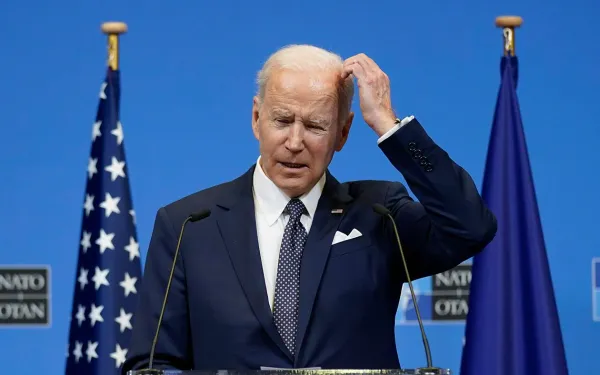Alabama Hospitals Face Unanswered Questions Re: “One Big Beautiful Bill”
Alabama’s Rural Hospital Investment Act of 2025 (HB86) may offer hope to some rural hospitals

Alabama hospitals—especially the State’s rural hospitals—have struggled with thin margins and low reimbursements since long before the pandemic. Now, as the “One Big Beautiful Bill Act” — popularly known as the “OBBB” — becomes law, hospital leaders face new questions over its effects on rural care and coverage gaps.
The OBBB, signed July 4, 2025, packs sweeping tax cuts and Medicaid rollbacks, alongside a $50 billion Rural Health Transformation Program designed to offset Medicaid losses for rural providers.
Danne Howard, President and CEO of the Alabama Hospital Association (AHA), said her group is still wrestling with what the bill means for Alabama.
“We’re not really losing anything. We’re kind of at status quo — frozen at status quo. What we did perhaps lose, or that’s what we’re waiting to find out, are the flexibilities that we had before to do a little bit better,” Howard told WSFA in Montgomery.
Howard noted that Alabama hospitals already receive the lowest reimbursements in the nation—from Medicaid, Medicare, and commercial insurers alike.
“You can’t continue, as your costs go up, to continue to receive the same or the lowest reimbursement and expect to be able to maintain it,” she said.
Experts warn that the rural funding may not fill the gap. Estimates suggest Medicaid spending in rural areas could fall by an alarming $137 billion over ten years. Yet, only $50 billion is allocated—and half of that may be distributed equally among states, regardless of their rural need.
Alan Morgan, CEO of the National Rural Health Association, has voiced concern about the effects of the OBBB.
“I have more questions than I have answers ... defining who’s rural ... that’s going to be a huge issue.”
KFF reports that rural Medicaid funding could drop by up to $50.4 billion over ten years, and nearly 1.8 million rural residents might lose Medicaid coverage by 2034.
Howard also pointed to pending challenges beyond Medicaid. A key concern lies with the Affordable Care Act premium tax credits, set to expire at the end of 2025—a change that could impact up to 200,000 Alabamians and strain the state’s health system.
“We’re doing everything we can to prevent those closures ... that’s pulling rabbits out of hats,” she said.
While the AHA stayed in contact with Alabama’s congressional delegation during the legislation’s passage, many of their concerns—particularly around coverage and rural access—remain unresolved.
As implementation of the OBBB unfolds, important details remain unclear: which hospitals qualify for the fund, how much each state will receive, and whether CMS will offer transparency on allocation.
Even before the OBBB, Alabama lawmakers passed their own measure to help bolster rural healthcare—a move that complements federal efforts. In May, Governor Kay Ivey signed the Rural Hospital Investment Act of 2025 (HB86). The law creates a Rural Hospital Investment Program, offering State tax credits to donors who support qualifying rural hospitals. Individuals may receive up to $15,000 in credits (or $30,000 for married couples filing jointly), while businesses and corporations can claim up to $450,000 or $500,000, respectively. To participate, hospitals must be located in federally designated rural areas, serve Medicare and Medicaid patients, provide care for indigent patients, and submit a five-year financial plan. These donations can be used for direct care, facility upgrades, or operational costs. Alabama has about 52 rural hospitals that meet the criteria— roughly one-third of which are considered at risk of closure.
For now, Alabama hospitals remain on alert. Costs are rising. Reimbursements are low. And, the OBBB’s rural fund may arrive too late—or be too small—to save services and staff. However, the Rural Hospital Investment Act of 2025 (HB86) may offer a lifeline that will keep Alabama’s endangered rural hospitals afloat.




